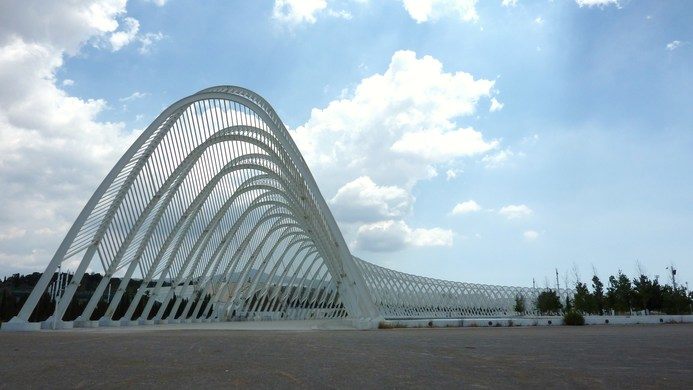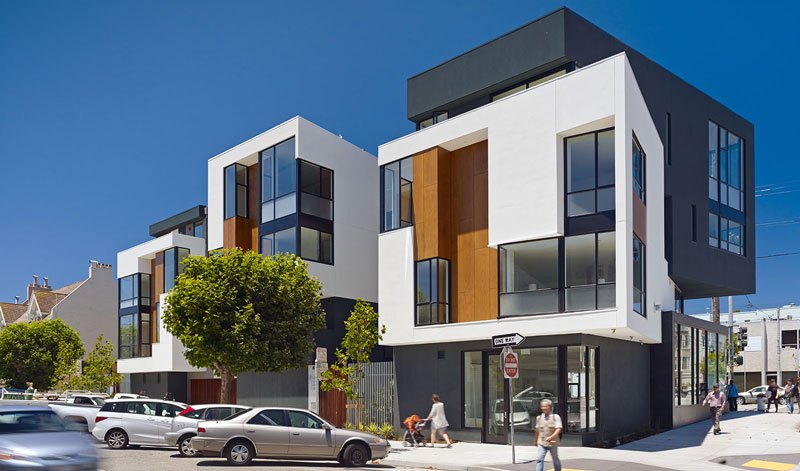The Olympics is an event that takes every four years, in a different host city each time. Since the modern Olympics began in 1896 in Athens, the Olympics have led to a long-standing impression and connection between the organisation, the event itself, and the host cities. Possibly the most important city of the Olympic history is Athens, being host to the first of the modern games, taking inspiration from the ancient Olympics, as well as again in 2004.
The cities, which host these massive global sporting events every four years must be able to demonstrate well in advance that they have enough stadia and capable infrastructure to cope with the demands of the games being held there. In recent times amid the ever-growing participation and media commitments, means that there are very few cities on the planet that can actually realistically bid to host the games, and effectively do so.
How does the Olympics have an impact on a city and its infrastructure, in both the run up to the games and with its imprint on the city and its architecture for the coming years and decades?
The modern Olympic organising committee will only award a host city its title if it can deliver an 80,000 capacity stadium that is capable of hosting the large and often complex opening and closing ceremonies. There must also be enough room to stage an ‘athletes’ village’ where all competitors live during their stay in the host city. This hasn’t always been the case however.
During the first few modern Olympic games the organisers would utilise existing facilities or build temporary structures that would welcome participants and provide them somewhere to live during the tournament, as well as to stage certain competitions. In Athens we can see two clear examples in their two modern- games on how the city has been shaped due to the games.

The first in in the excavation of the original Panathenaic Stadium. It was built in the 4th century BC (primarily for the Panethenaic Games) and renovated in 144AD. After being excavated in 1869/70 it was then renovated in time to be used as the stadium to be used during the first modern Olympics in 1896. The only stadium in the world made entirely from marble has since become one of the staple architectural marvels in the city, a tourist hotspot and occasional centre of celebrations, music, theatre, as well as being part of the marathon event during the 2004 Olympic Games. Even in 1896 it was outmoded in design, with an elongated horseshoe shape that hindered athletic performance.
The second stadium is the Spyros Louis Stadium, which was initially built for the 1982 European Athletics Championships and renovated in 2002 to add a roof in time for the 2004 Olympic Games. The roof was added to promote a safer experience for spectators in the summer sun, and to add a new iconic landmark for the city post-Games. It has retained the same design and capacity since, in order to allow Athens to be able to host the Olympics again at any point, but has since been used primarily as the host stadium for AEK Athens and Panathinaikos football clubs, as well as hosting up to 20-rock concerts each year. The problem is that it is located far away from the city of Athens as many know it, out on the outskirts and not well linked to the rest of the city.










